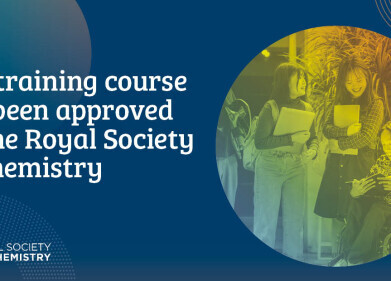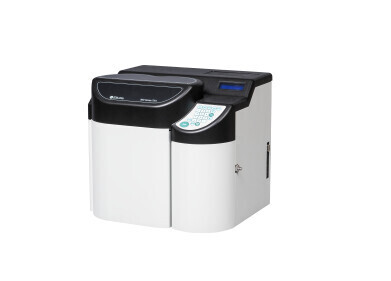Gas Chromatography
Chromatography Checks the Adulteration of Cocaine in Brazil
Jun 23 2019
Cocaine is one of the most common recreational drugs used in many parts of the world. But, because of the illegality of the drug in most areas of the world, you cannot always know what you are buying from your friendly neighbourhood drug dealer. And although taking cocaine brings its own potential problems - many of the substances that are used to cut cocaine could potentially cause more harm.
A recent paper published in the journal QuÍmica Nova - Evaluation of Cocaine Samples Seized in the Streets of the State of Rio De Janeiro, Brazil - highlights the problem in Brazil. But, the adulteration of cocaine happens all over the world in any market where profit comes before safety.
Cocaine - extracted from the leaves
Cocaine is an alkaloid that is found in the leaves of the coca plants. The indigenous communities of South America chewed the leaves of the coca plant for the nutrients they contained as well as the stimulating effects of the alkaloids found in the leaves. The drug we know today as cocaine was first extracted from the leaves by chemists in the nineteenth century when it was used as a local anaesthetic - although its effects on the brain were also noted and it was used as a stimulant.
Cocaine is extracted from the leaves using either acids, bases or solvents. The reining processes consists of various steps including oxidation, precipitation and bleaching. During any of these steps’ adulterants can be added to increase the volume and hence profit margin for the drugs producers. Further adulteration by dealers at the street level is commonplace as profit margins are squeezed even more. This is backed up by seizures that indicate drugs seized at transit points like airports are often of higher quality that drugs seized on the street.
Not just a Brazilian issue
The authors of the study referenced above analysed fifty-two street samples of cocaine seized in Rio de Janeiro from May2016 to April 2017. They evaluated the purity of each sample and analysed each sample for adulterants including sugar, inorganic diluents and pharmacologically active adulterants. The analysis was performed using gas chromatography and Raman spectroscopy. The use of gas chromatography to analyse samples is discussed in the article, Gas Chromatography - Vacuum Ultraviolet Spectroscopy: A Versatile Tool for Analysis of Gasoline and Jet Fuels.
The scientists found all kinds of adulterants in the samples analysed. The main diluents were calcium carbonate and sodium bicarbonate, which were found in 93% and 71% of the cocaine hydrochloride samples respectively. Freebase cocaine samples were mainly adulterated with pharmacological adulterants. The quantities varied showing that adulterants are added to cocaine samples indiscriminately.
Digital Edition
Chromatography Today - Buyers' Guide 2022
October 2023
In This Edition Modern & Practical Applications - Accelerating ADC Development with Mass Spectrometry - Implementing High-Resolution Ion Mobility into Peptide Mapping Workflows Chromatogr...
View all digital editions
Events
Jan 20 2025 Amsterdam, Netherlands
Feb 03 2025 Dubai, UAE
Feb 05 2025 Guangzhou, China
Mar 01 2025 Boston, MA, USA
Mar 04 2025 Berlin, Germany












